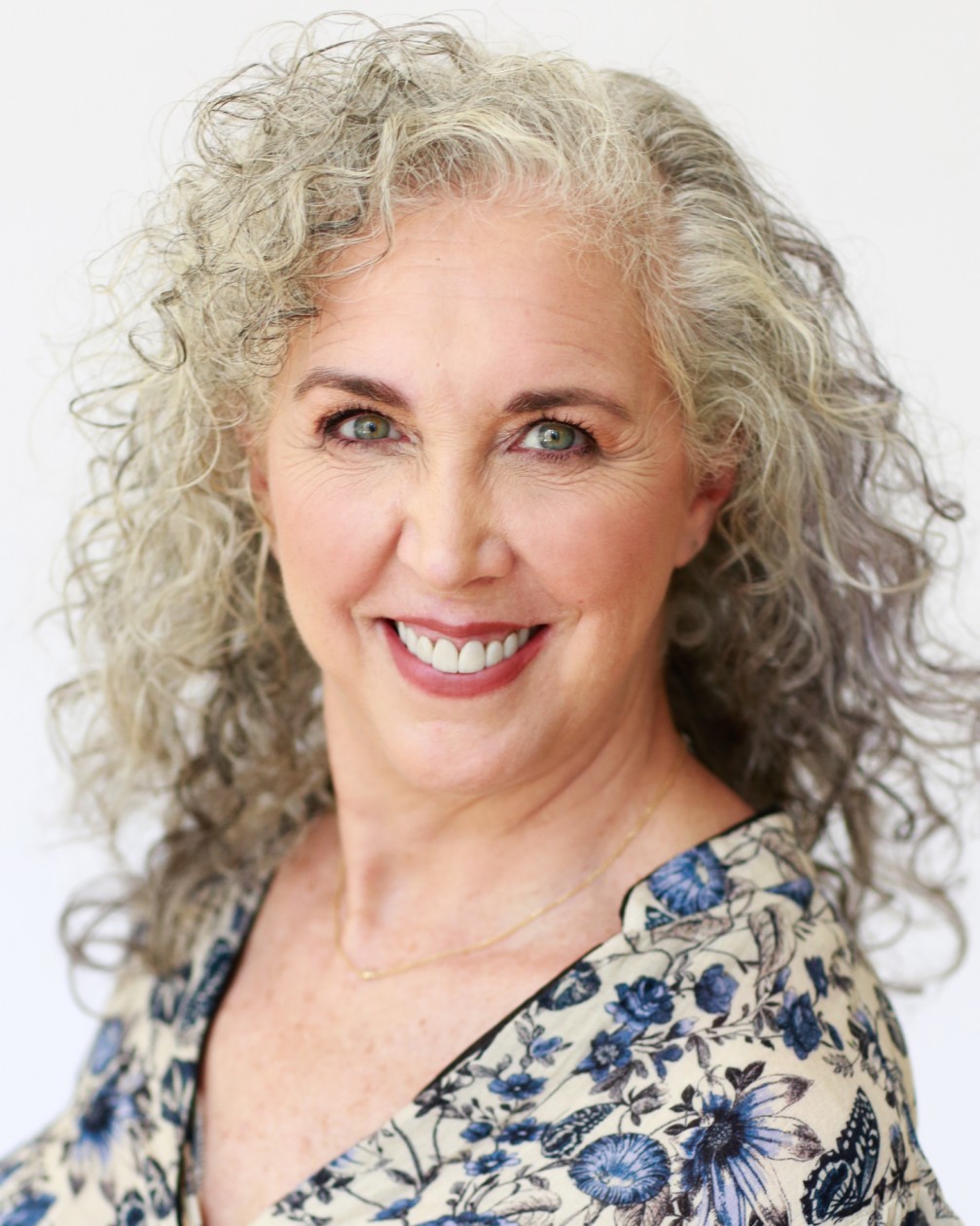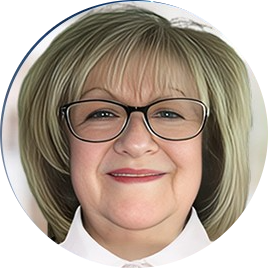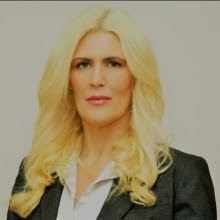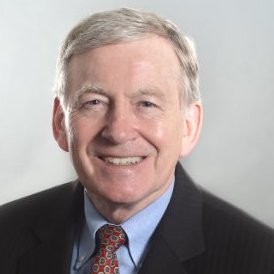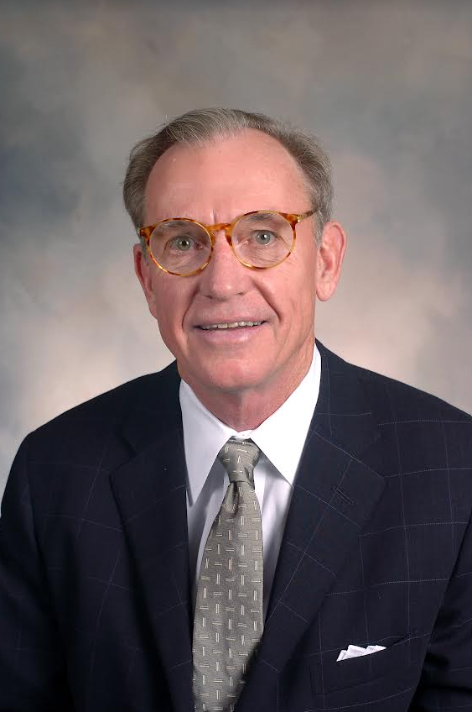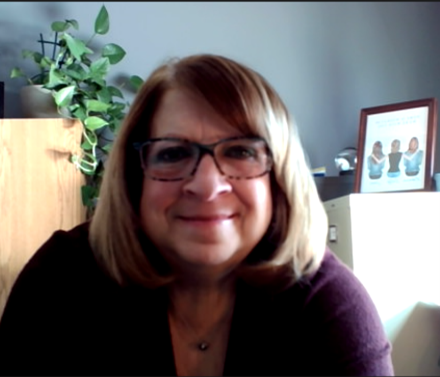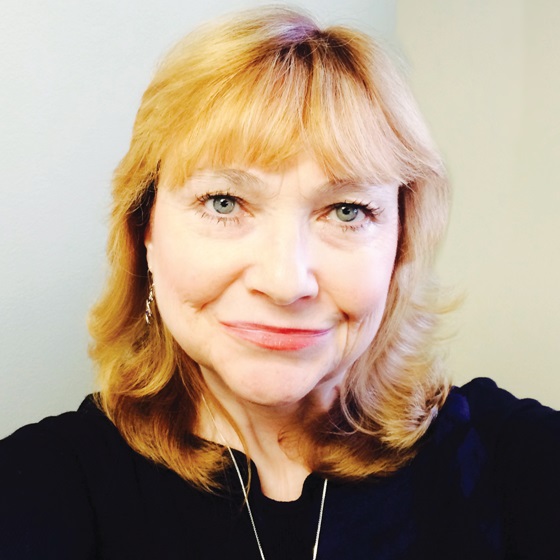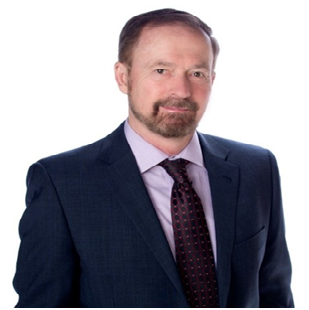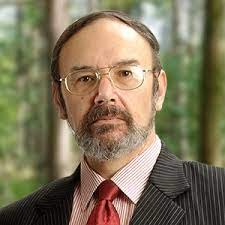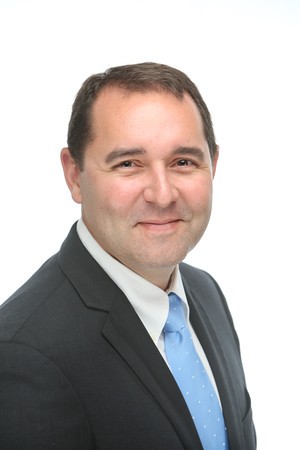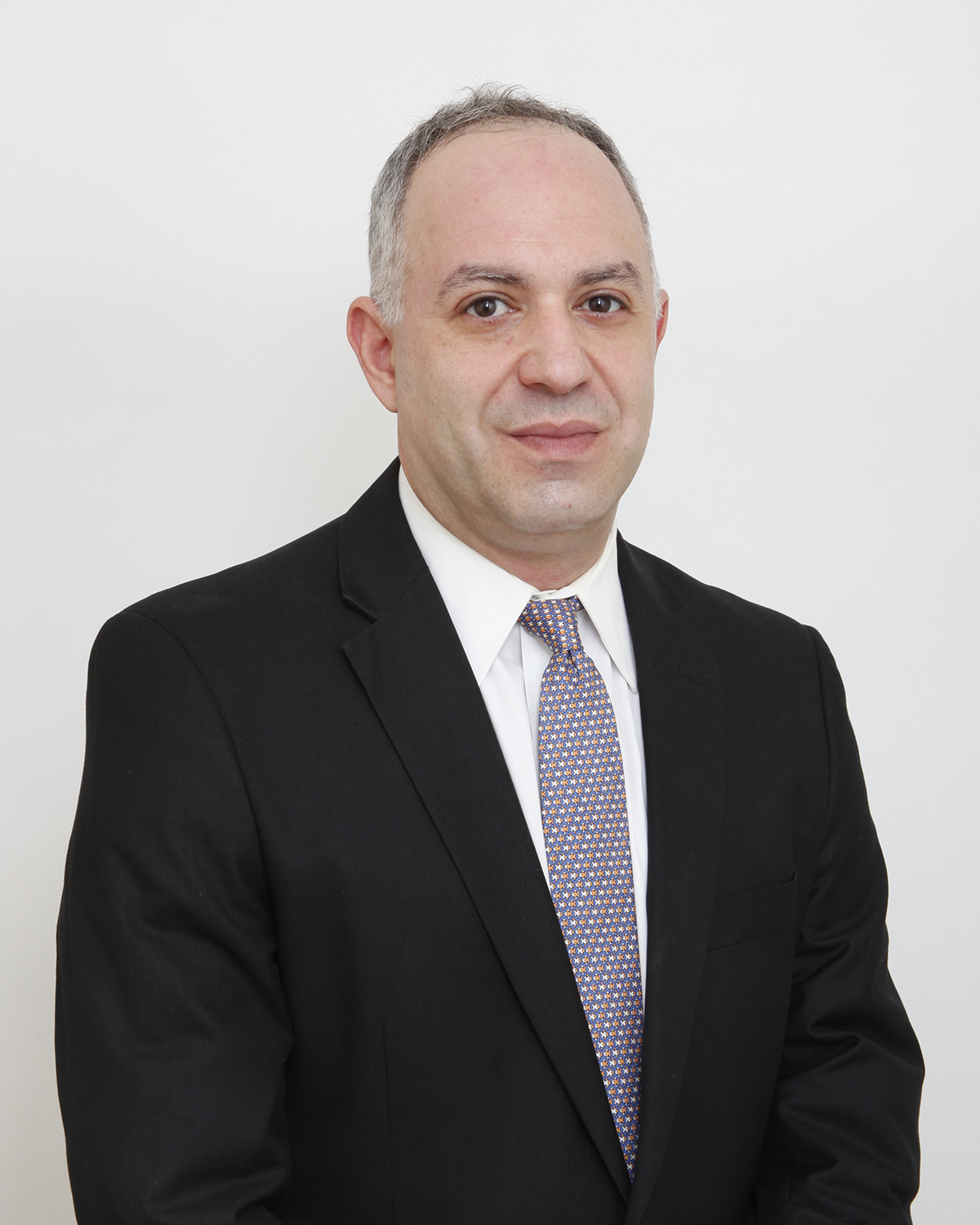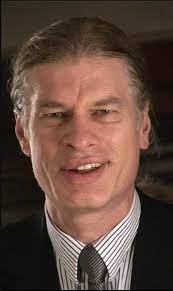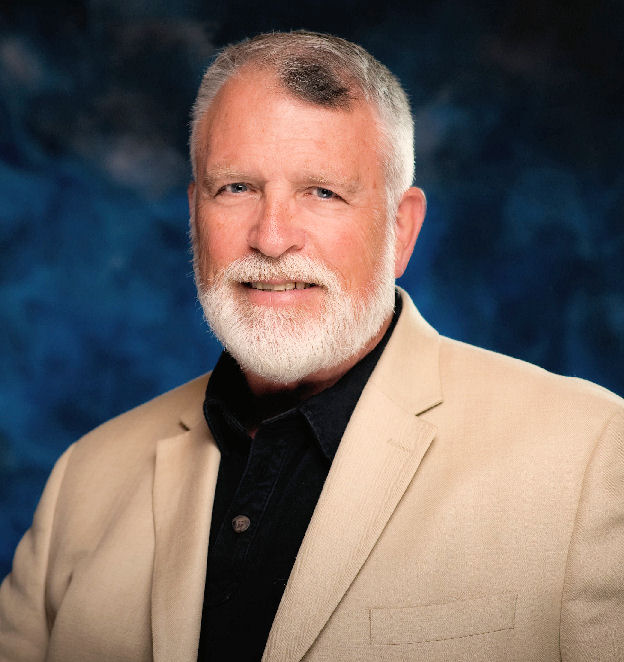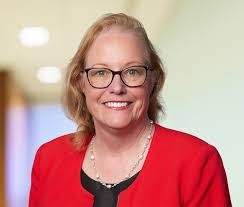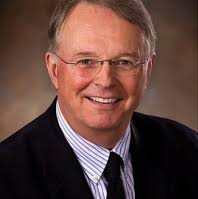Succession Planning for 2021 and the New Normal : It's a Vital Leadership Development Strategy
We are finally coming out of an incredibly challenging and stressful pandemic year! Life and the workplace have changed and will continue to change. What will the new normal be like?
For most organizations and their leaders, the new normal is and will continue to evolve for some time. So, why be concerned with succession planning when you, as as a human resource or senior or mid-level level manager have so many other problems to deal with?
The reason is that Covid-19 had created massive challenges to every organization- big and small . And effective leadership will be more crucial than ever for your organization to thrive thrive in this new normal. Therefore, best-practice organizations utilize succession planning to not only prepare for potential leadership challenges, but they also rely on such plans to develop and maintain the strong leadership that is required to grow and keep pace with changes in their business, industry, and overall marketplace.
The heart of succession planning is identifying and building your future leadership at all levels. Through your succession planning process, you recruit superior employees, develop their knowledge, skills, and abilities, and prepare them for advancement into ever more challenging roles. This will guarantee that you have a strong leadership bench on hand to to quickly fill new or vacated role as well as deal with the unexpected challenges that can occur during this new normal.
The focus of this webinar is to learn the elements of effective succession planning and will include these six objectives.
- Discover the seven deadly sins of succession planning: What not to do!
- Examine the pros and cons of insiders vs outsiders to fill specific positions: Which is better?
- Understand the 70-20-10 rule for developing your future leaders: What it is and how to use it.
- Identify the 10 best practices that high performing organizations use for grooming outstanding leaders.
- Review the 5 steps that must be followed to build a culture that supports development from the top down.
- Utilize the Center for Creative Leadership’s 3 key elements for successful leadership development: Assessment – Challenge -Support
Succession planning is not just naming the new CEO. In fact, it's not about putting a name behind a title at all. That is called replacement planning. And when it is only used during times of crisis - when a company has to name somebody to fill a vacant role quickly - that's not succession planning either. That is crisis management.
The goal of succession planning is to continuously identify and develop high-performing leaders capable of meeting the present and future needs of the organization. It should include a formal identification process supported by leadership development that builds leadership capacity within the organization.
Organizations are only as strong as their leaders. High performing organizations make leadership development, at all levels, a top priority. So how does your organization shape up? Which of the top best practices from high performance companies are being used in your organization to develop leaders? Which of these practices should you consider adopting to develop your future leaders?
Succession planning will continue to become more integrated into the everyday life of organizations, moving from a formal ‘annual event’ to become a part of the daily fabric of doing business. This webinar will cover these key areas for effective succession planning.
- How to identify your potential leaders who can assume greater responsibility in the organization.
- The variety and impact of various development experiences to those that can move into key roles.
- How to engage the leadership in supporting the development of high-potential leaders.
- CEO’s,
- COO’s
- VP of Human Resources
- Chief Learning Officer
- Directors
- Project Managers
- Operation Managers and Supervisors
- Team Leaders
- Human Resources Professionals
- New Managers
- Supervisors
Marcia Zidle, the Smart Moves Coach, is a board-certified executive and career coach, business management consultant, and keynote speaker, with over 25 years of management, business consulting, and international experience in a variety of industries including health care, financial services, oil and gas, manufacturing, insurance, pharmaceuticals, hospitality, government and nonprofits.
She has expertise in strategy and alignment; executive and team leadership development; social and emotional intelligence; employee engagement and innovation; career and organization change management; employee relations and talent management.
Marcia has been selected as one of LinkedIn Profinder’s top coaches for the past 7 years. Check out the 200 + LinkedIn articles she’s authored on Leadership, Management, and Human Resources topics that have facilitated organizations to leverage their leadership and human capital assets generating greater effectiveness and profitability.
Marcia’s claim to fame is as a world traveler having a multi-cultural spirit and perspective. She has lived as an expatriate with her family in Scandinavia and Australia. In fact, one of her children is an "Aussie". She’s traveled to over 30 countries throughout Europe, Middle East, Far East, and the South Pacific.
Upcoming Webinars



